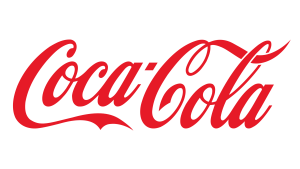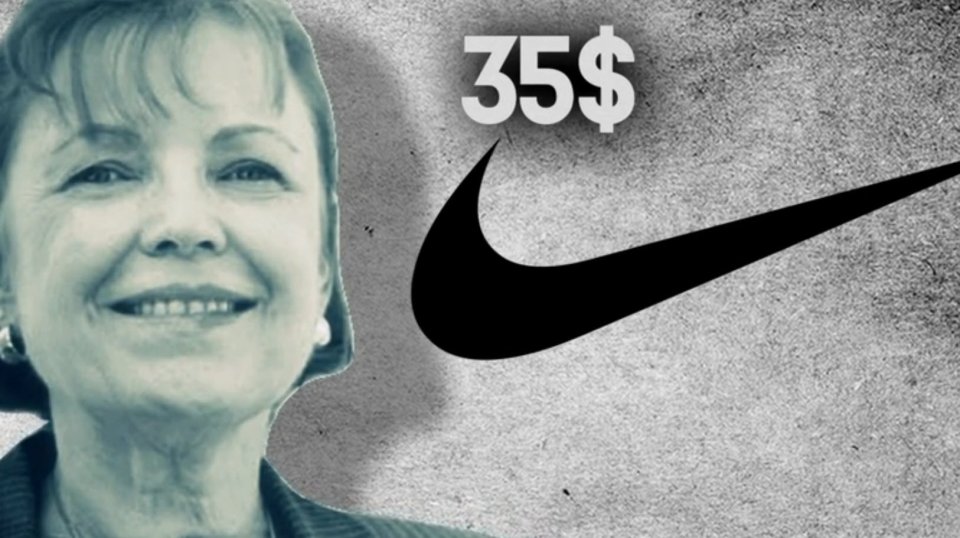A business logo is more than just a visual symbol; it’s a critical component of a company’s identity and brand recognition.
A well-designed logo can encapsulate a brand’s essence, communicate its values, and become a powerful marketing tool.
In this article, we’ll explore the key principles of what makes a good business logo, delve into some of the most famous and successful logos, and discuss the elements that contribute to their effectiveness.
Famous Business Logos That Have Made the Most Money
Some logos have become iconic, representing not only the companies they belong to but also significant cultural touchstones. A few examples include:
Apple

The simple, sleek apple with a bite taken out is instantly recognizable. It symbolizes innovation, simplicity, and sophistication, aligning perfectly with Apple’s brand ethos.
Nike

The “Swoosh” logo is synonymous with athletic excellence and inspiration. Designed by Carolyn Davidson in 1971 for just $35, the logo has become a global symbol of sports and lifestyle.
McDonald’s

The Golden Arches are an iconic representation of fast food. They are instantly identifiable, even from a distance, and evoke a sense of familiarity and convenience.
Coca-Cola

The classic script of the Coca-Cola logo is timeless and represents one of the most successful brands in history. It’s a perfect example of a logo that has retained its essence while evolving subtly over time.
These logos work exceptionally well because they are simple, memorable, and easily recognizable. They convey a strong brand message and have become symbols of their respective industries.

Hire Starscape SEO to Make You A Fantastic Logo Today!
Key Principles of a Good Business Logo
![]()
Simplicity
A good logo is simple and clean. It should be easy to recognize and remember, even at a glance.
Overly complex logos can be confusing and hard to reproduce in various sizes and formats.
Memorability
A logo should be distinctive enough to be remembered.
The best logos often have unique elements that set them apart from others, making them easily identifiable.
Relevance
The design of a logo should align with the brand’s industry, values, and target audience.
It should convey the essence of the brand and its mission in a visual form.
Scalability
A logo should look good in any size, whether on a business card or a billboard.
It should be versatile and work well in different contexts, such as digital and print media.
Timelessness
A good logo should be designed with longevity in mind.
While it can be updated, the core design should stand the test of time and not be overly tied to trends that may quickly become outdated.
Design Elements: Color, Shape, and Typography

Color
Colors play a crucial role in conveying emotions and associations.
For instance, blue often signifies trust and professionalism, making it a popular choice for tech companies and financial institutions.
Red can evoke excitement and passion, frequently used in food and entertainment industries.
The choice of color should align with the brand’s message and appeal to its target audience.
Shape
The shapes used in a logo can also convey specific messages.
Circular shapes often suggest unity and community, while angular shapes like squares and triangles can convey stability and strength.
The shape should complement the overall design and message of the logo.
Typography
The font style in a logo can significantly impact its perception.
Serif fonts can convey tradition and reliability, while sans-serif fonts are often seen as modern and clean.
Custom or hand-drawn fonts can add a unique touch, making the logo stand out.
Inspiration and Creation of Famous Logos
Creating an iconic logo can be a lengthy process, requiring inspiration, creativity, and meticulous refinement. For instance:
The Nike Swoosh took designer Carolyn Davidson 17.5 hours to create.

The inspiration came from the wings of the Greek goddess Nike, representing movement and speed.
The Coca-Cola script logo was created by Frank Mason Robinson in 1885, inspired by the Spencerian script that was popular at the time.
The Apple logo has undergone several iterations.
The current logo, a minimalist apple with a bite taken out, was designed by Rob Janoff in 1977.
The bite was included for scale, so the apple wouldn’t be mistaken for a cherry.
Famous Logo Designers
Several designers have made significant contributions to the field of logo design:
Paul Rand is a legendary graphic designer known for creating timeless logos for companies like IBM, UPS, and ABC. His work emphasizes simplicity and clarity.
Milton Glaser is famous for the “I ❤ NY” logo, which has become an iconic symbol of New York City. His designs are known for their playful and vibrant style.

Saul Bass created memorable logos for AT&T, Continental Airlines, and Warner Bros. He was also known for his work in film title sequences, which combined his skills in graphic design and storytelling.
Conclusion
A good business logo is a vital asset, encapsulating a brand’s identity and values in a simple, memorable, and versatile design.
The most successful logos are timeless and adaptable, able to convey the brand’s message across various platforms and media.

By understanding the principles of good logo design and studying iconic examples, businesses can create logos that not only stand out but also endure in an ever-changing market.
Whether you’re a startup or an established company, investing in a well-crafted logo is a step towards building a strong and recognizable brand.

